Diego Rozo, a Senior Project Manager and Associate Principal in our Houston studio, shares his story:
Conversations with Colleagues: Diego Rozo
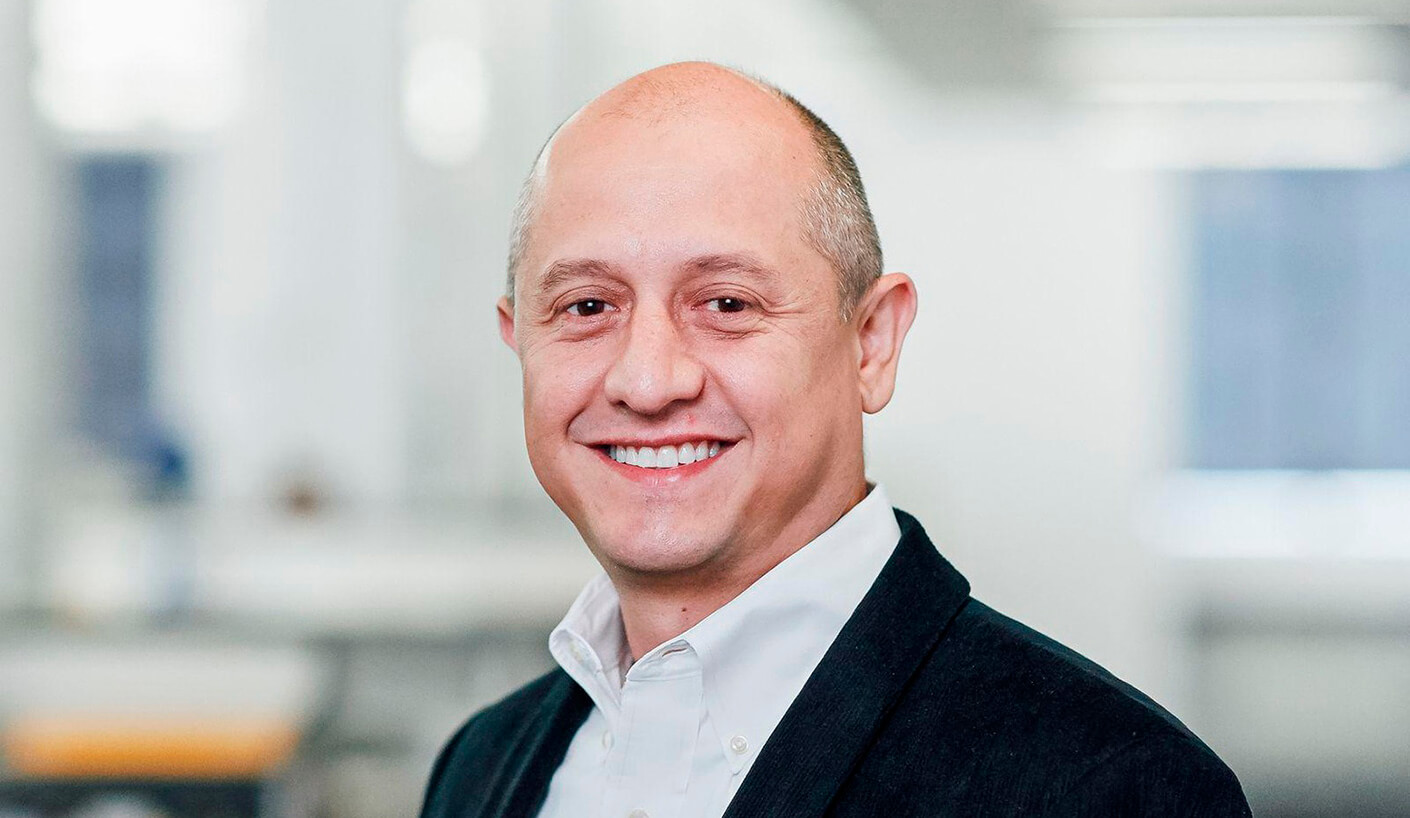

Diego Rozo, a Senior Project Manager and Associate Principal in our Houston studio, shares his story:
Q: What drew you to the design profession, and what’s keeping you here?
A: People have asked me, “When and how did you decide to be an architect?” The honest response is “I don’t know.” I grew up in Colombia surrounded by a variety of architecture, from Spanish colonial architecture to modern architecture. Latin American Architecture is known for the use of color, texture, natural resources, and is influenced by social, environmental, and economic factors. In Colombia, buildings are designed and built to last for a long time. Therefore, people must respect, protect, and conserve our existing structures. I grew up in this environment and I still feel that influences my work to this day.
My family’s background is not in design or any artistic theme. My family was full of dentists, doctors, and lawyers. I still see myself outside that circle; not because I don’t agree with the importance of those professions, but more because I enjoyed the artistic interests I’ve had since I was a child. I started my architecture career when I was a child playing musical instruments, building dollhouses for my sister, and drawing sketches in my art school class. My adolescence was full of art, music, dance, soccer, friends, and Colombian traditions. My long hair and rebelliousness in the late 80s and 90s took me to architecture school where I learned about the importance of design in all aspects of human life. Colombian architecture gave me the background to understand the responsibility we have, but also the opportunities we encounter in every project. I feel that all of us are the results of our cultural backgrounds and the combination of our personal and professional experiences. I do not see myself doing anything different, because after so many years I am still learning, getting excited with every new project, enjoying the design process, and seeing the final product.
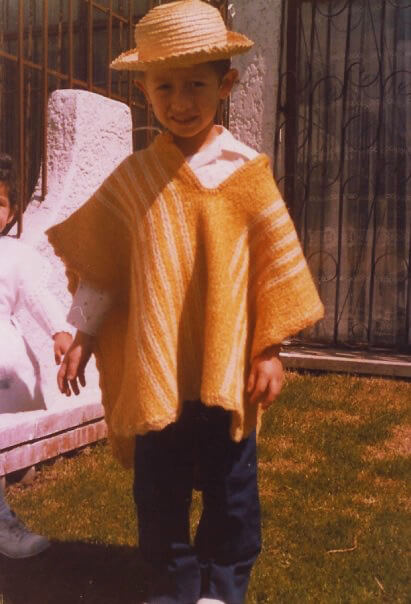

Q: What role does diversity, inclusion, and engagement play in the design profession at large?
A: The more diverse and inclusive we are in the profession, the more positive the impact we will have with our projects. Different views will benefit the overall positive results of a project. The building’s location, its surroundings (topography, climate, materials, etc), and its occupants are the DNA of a building. Social factors of a project make up a huge part of a project’s success. As architects and designers, we must understand the social implications of the projects and their functions. The project must blend with the existing physical, environmental, social, and economic background of the project
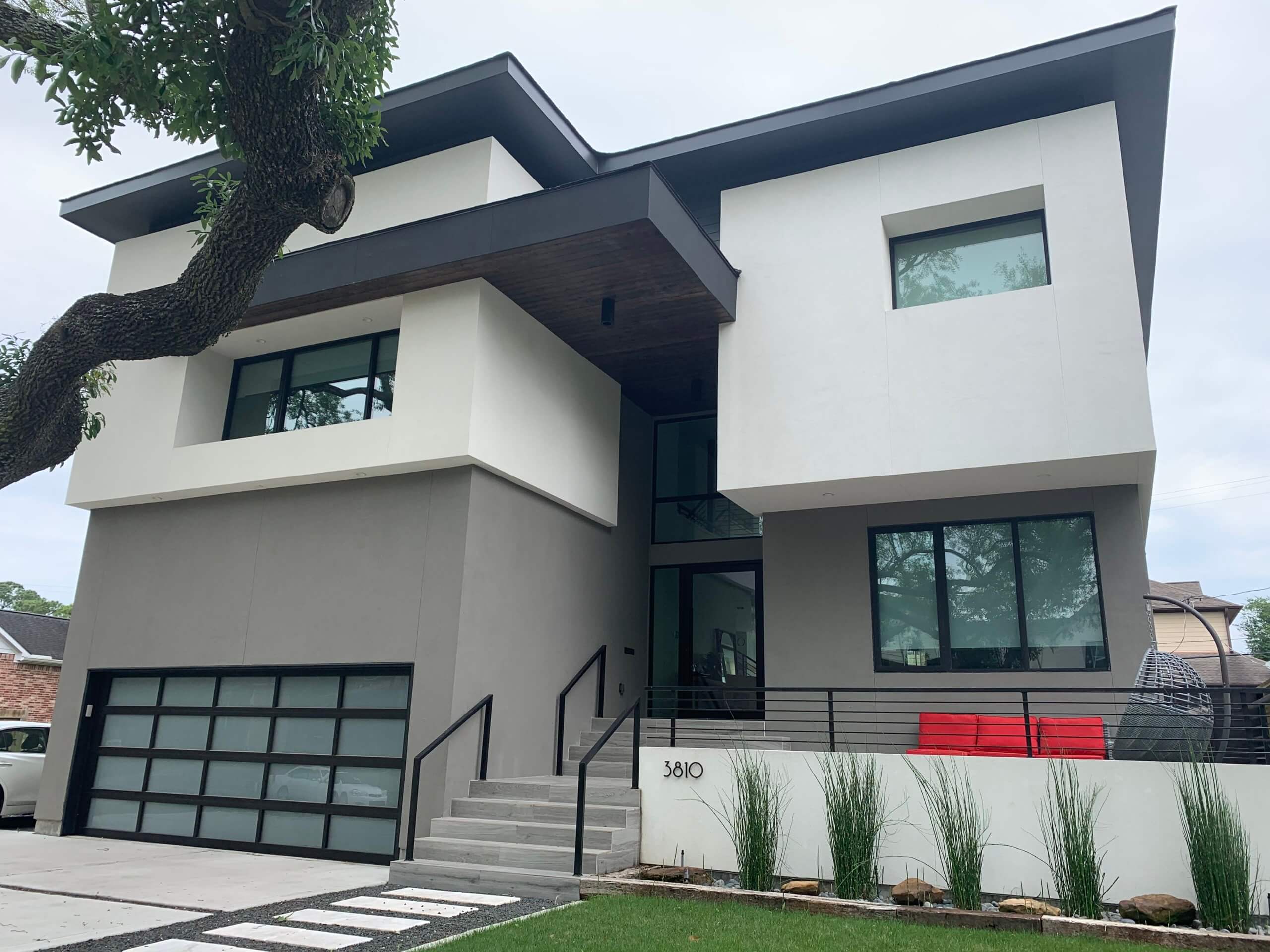
Q: Describe a design project you’re working on right now, whether professional or personal, that you’re especially proud of—and why.
A: All projects have a special meaning for the architect. Size, location, or type of project is irrelevant in picking a project that you are proud of. My role in projects is typically at a project management level. The architecture is only one of the parts that I must review, coordinate, and deliver. I always feel fully responsible for the final outcome of the project. I enjoy the design process and I contribute to all aspects of the project.
Now, there is one particular project that marked my career as an architect. This project was not delivered by Perkins&Will, but it was influenced by several people in the company and consultants that I work with.
In August of 2017, Hurricane Harvey hit the Gulf of Mexico coast and produced a significant amount of flooding in the Houston Metropolitan area. My neighborhood, and specifically my house, was impacted and destroyed during that event. My family and all my neighbors had to leave all our belongings behind in the middle of the night and find a place above water. Perkins&Will’s Houston studio and several other studios gave me the support I needed to overcome that challenge. I will be forever grateful to all the friends that helped us during those times. Long story short, my house had to be demolished and rebuilt. I took on one of the hardest jobs in my career: I became the owner, the architect, and the builder for our new home. The most difficult challenge was balancing this new project with my full-time role at Perkins&Will and supporting my wife and two daughters for 2 years.
Many architects enjoy the adventure of building their own houses. Many architects have the time, the resources, and the tools to design their home. Unfortunately, in my case, I had to deal with major restraints and limitations. I did not have the time nor the financial resources to hire a contractor to build a house. The only option I had was to roll up my sleeves and do it myself. I spent many hours before and after work, during lunch breaks, and over weekends working on the house. I also spent many hours on the phone with City officials, inspectors, vendors, and contractors. All the sweat, headaches, and blisters were worth it to have a safe place for my wife and my daughters. I do not regret any of the decisions I made. I am very proud of what I designed and built with my own hands. However, none of that would have been possible without the help and support from Perkins&Will.
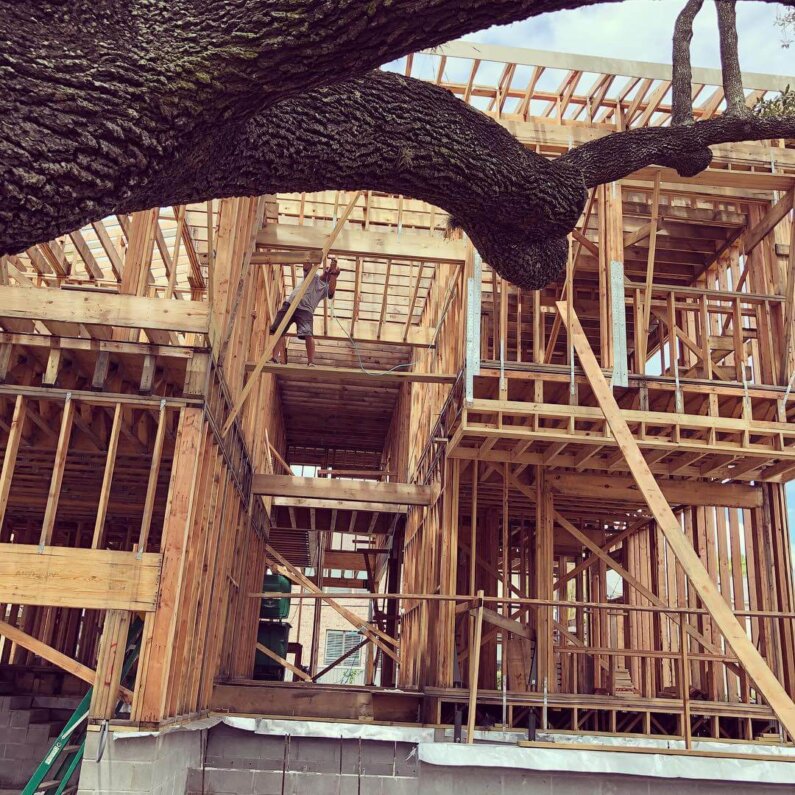
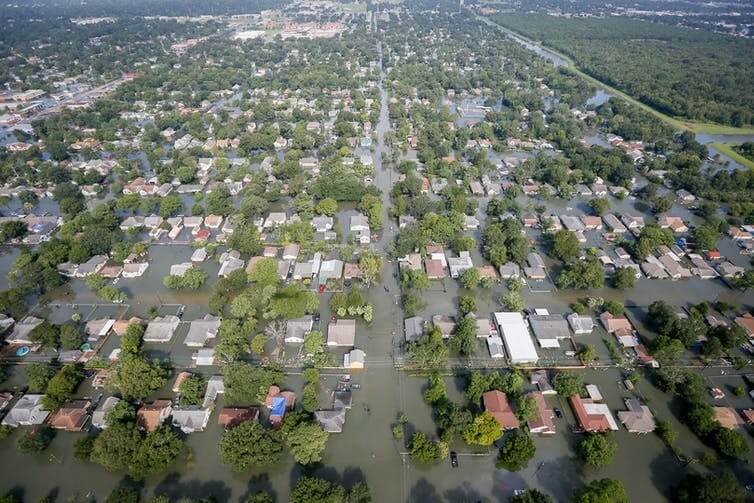
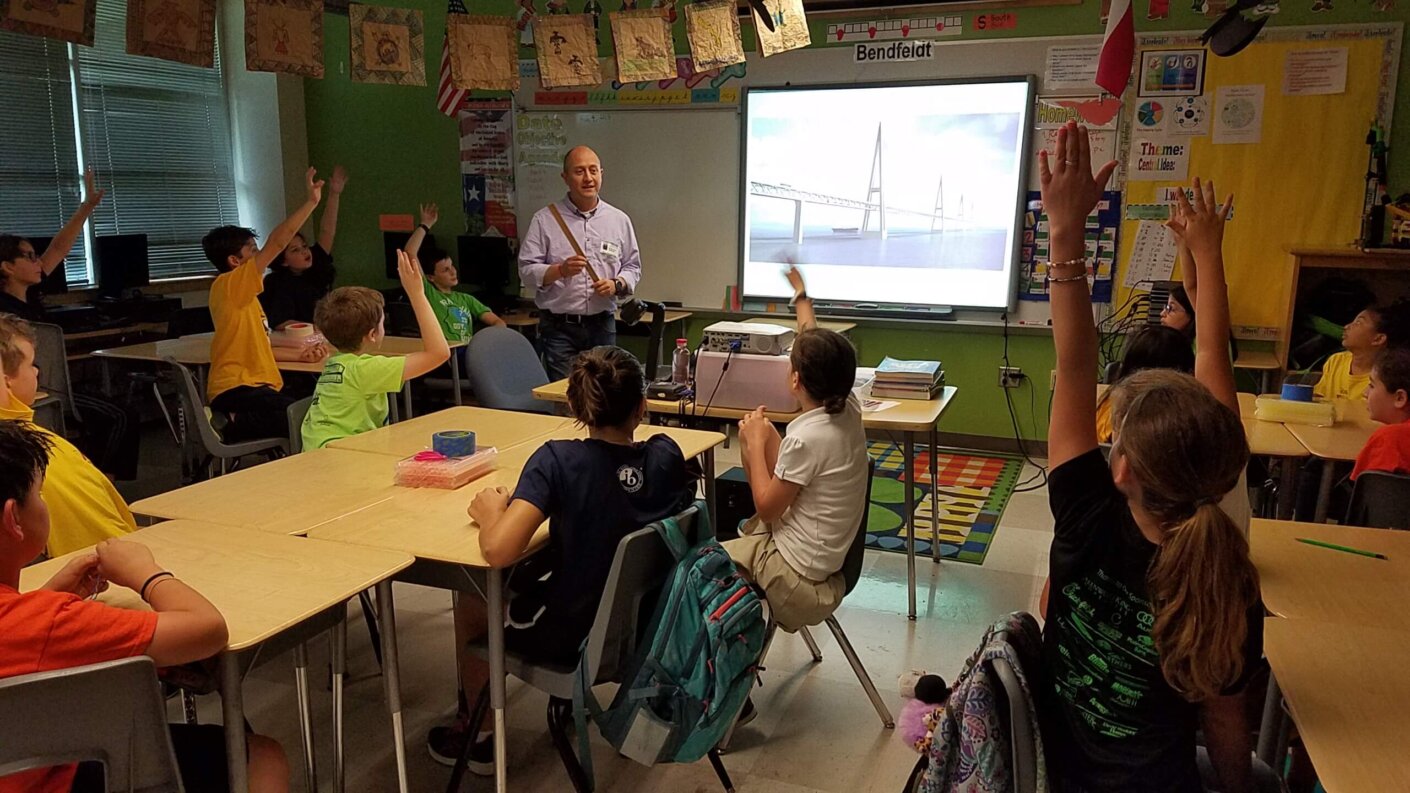
Q: What message about design’s positive influence on the world would you most like to get out there?
A: Good design is a result of people’s ideas going through the design process. History shows that great ideas are tied to human life and therefore to specific time and location. There are plenty of examples where great ideas made a significant positive impact on humanity. Design has the ability to impact people’s lives. As architects and designers, we have the power to transform spaces, experiences, and therefore lives. Our work has a direct impact on the quality of life of the users and clients. A company like Perkins&Will has even bigger responsibilities because of the size and type of projects we do. We are changing the world. We are creating better and safer places. We are making a positive change to protect the environment.